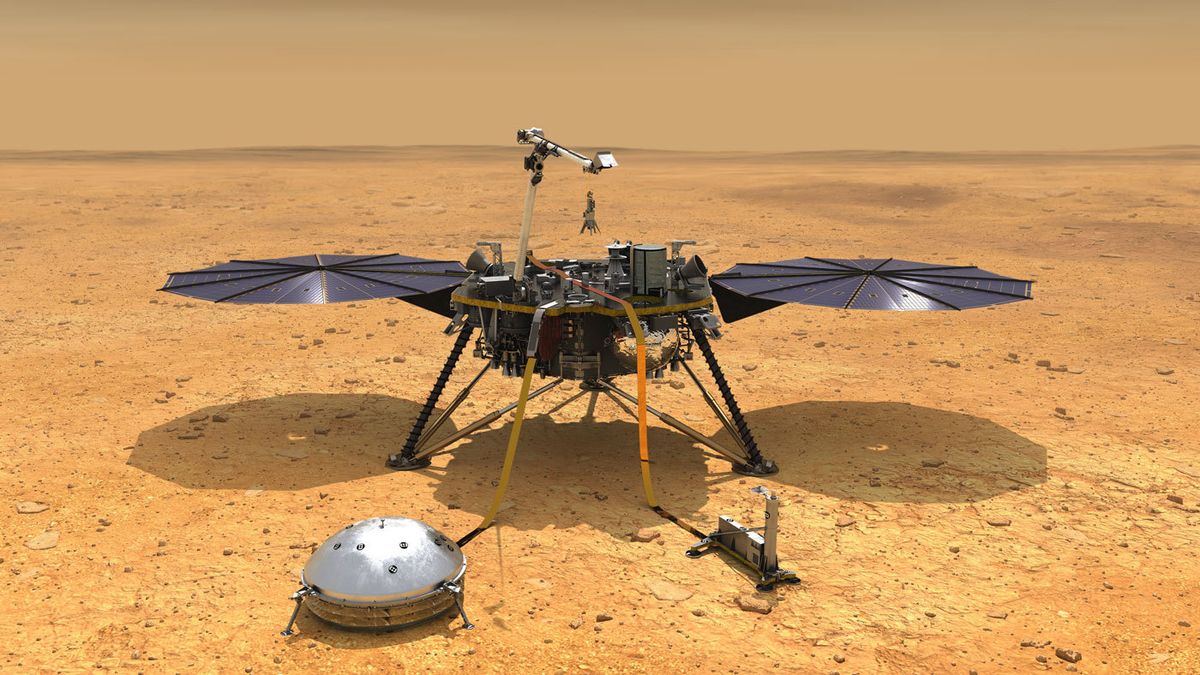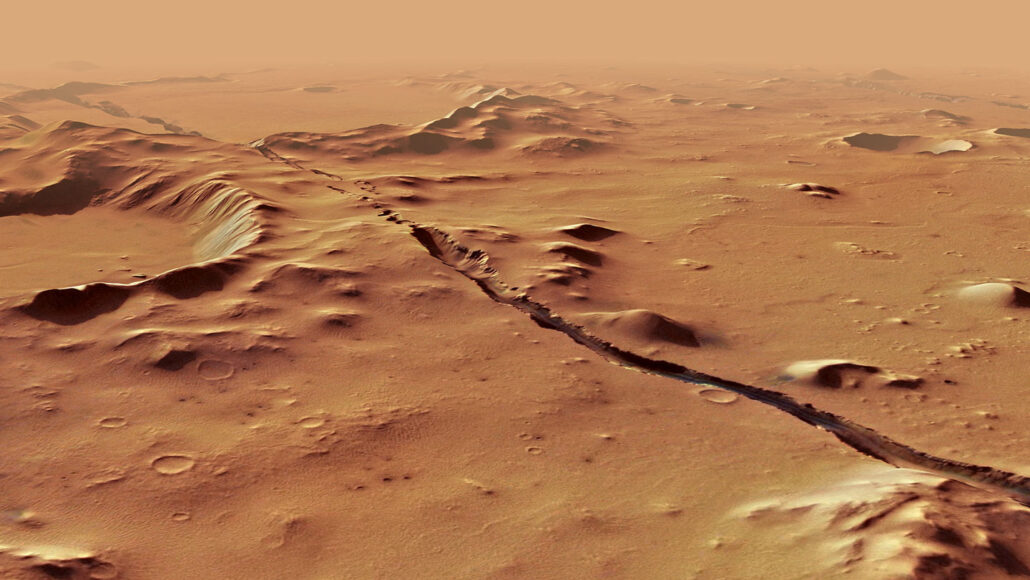2022 Marsquake - The Strongest Quake That Shook Mars
Learn about the source of the 2022 Marsquake – tectonic forces on Mars revealed. Explore this seismic mystery today!
Author:Rhyley CarneyReviewer:Paula M. GrahamOct 18, 202318.4K Shares256K Views

The 2022 Marsquakeis the strongest recorded quake on Mars which left no visible traces on the Red Planet's surface. This seismic event, which marked the strongest and longest marsquake ever recorded on another planet, was recently attributed to tectonic forces within Mars itself, rather than a meteorite impact, as scientists initially suspected.
Unearthing The Unexpected
On May 4, 2022, NASA's InSight lander, stationed in Elysium Planitia on Mars since November 2018, detected a magnitude 4.7 quake. This quake was five times more potent than the previous record-holder of magnitude 4.2, which InSight had recorded in 2021. Unlike most marsquakes, which typically subside within an hour, the May 2022 quake's reverberations continued for an astounding six hours.
Initially, scientists suspected a meteorite impact, as the seismic signal resembled previous signals caused by asteroid strikes. They embarked on a quest to find a fresh crater and a dust plume—indicators expected after a meteorite impact. Collaborative efforts by teams from India, China, Europe, and the United Arab Emirates, utilizing their respective orbiters circling Mars, were deployed in the search. However, despite months of investigation, neither the crater nor the dust cloud was ever found.
The Cause Of The 2022 Marsquake
As a result of this extensive search, scientists concluded that the powerful Marsquake was of tectonic origin. This revelation challenges conventional wisdom, as Mars was previously believed to be too small and too cold to host tectonic processes similar to those found on Earth.
Unlike Earth, which has tectonic plates that move in response to forces in the mantle, leading to landslides and earthquakes, Mars' surface does not exhibit the same characteristics. However, the recent findings suggest that the Marsquake detected by InSight was caused by the release of stress within Mars' crust. This stress, accumulated over billions of years, resulted from various parts of the planet cooling and shrinking at different rates.

Benjamin Fernando, a postdoctoral fellow at the University of Oxford, notes,
“„We still do not fully understand why some parts of the planet seem to have higher stresses than others, but results like these help us to investigate further. One day, this information may help us to understand where it would be safe for humans to live on Mars and where you might want to avoid!- Benjamin Fernando
This groundbreaking research, described in a paper published in the journal Geophysical Research Letters, sheds light on the dynamic geological activity within Mars. While the planet may lack active plate tectonics like Earth, it still experiences internal forces that can produce powerful seismic events.
The findings from this study also carry implications for future exploration and potential human colonization of Mars. Understanding the distribution of stress within the planet's crust is crucial for identifying safe habitats and avoiding areas prone to tectonic activity.
The Marsquake recorded by InSight, designated S1222a, marked one of the final events documented by the mission before its conclusion. InSight, which launched in May 2018, provided invaluable data on Mars' interior and seismology during its four years of operation. As the mission comes to a close, the knowledge gained from events like S1222a will continue to inform future missions and collaborations aimed at unraveling the mysteries of Mars and beyond.

Rhyley Carney
Author

Paula M. Graham
Reviewer
Latest Articles
Popular Articles